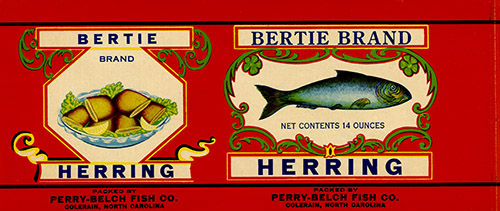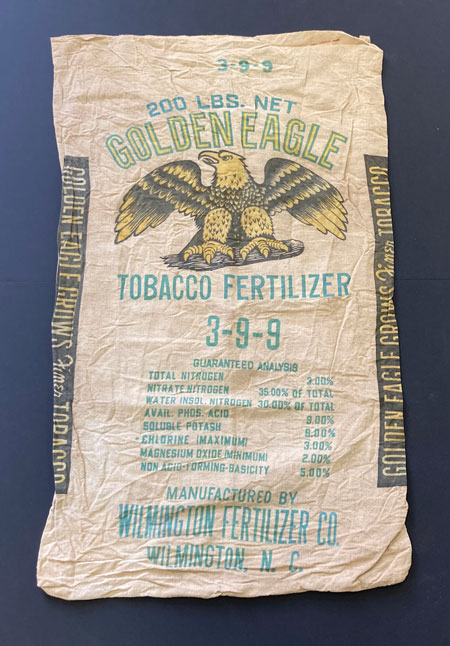

Perry-Belch Fish Co. was founded in Colerain 1927 and reconstituted as Perry-Wynns Fish Co. in 1952.
According to a summary of company papers at NCSU Libraries, “For decades, it was the largest freshwater herring fishery in the world, packing both herring and herring roe under the Tidewater Brand, the Bertie Brand and Chowan’s Best. It also ran a restaurant, the Sea Gull Cafe, that was open for lunch during the herring season in March and April. During the company’s height, it hired up to 200 seasonal and permanent employees.
“During the 1990s, the number of herring in the Chowan River fell, and employment shrank to 25 seasonal and 10 full-time. The company also began packing herring, mackerel and mullet caught elsewhere, rather than just those caught locally. In September 2003, Hurricane Isabel destroyed nine of the fishery’s 11 buildings, putting the company out of business.”
— David Cecelski recalls the origins of fishing on the Chowan River.
— A couple of well-worn “good for” tokens — scrip — from Perry-Belch and W.S. Nixon & Co.
— And from the other coast, a lament for herring’s gastronomical underappreciation.



